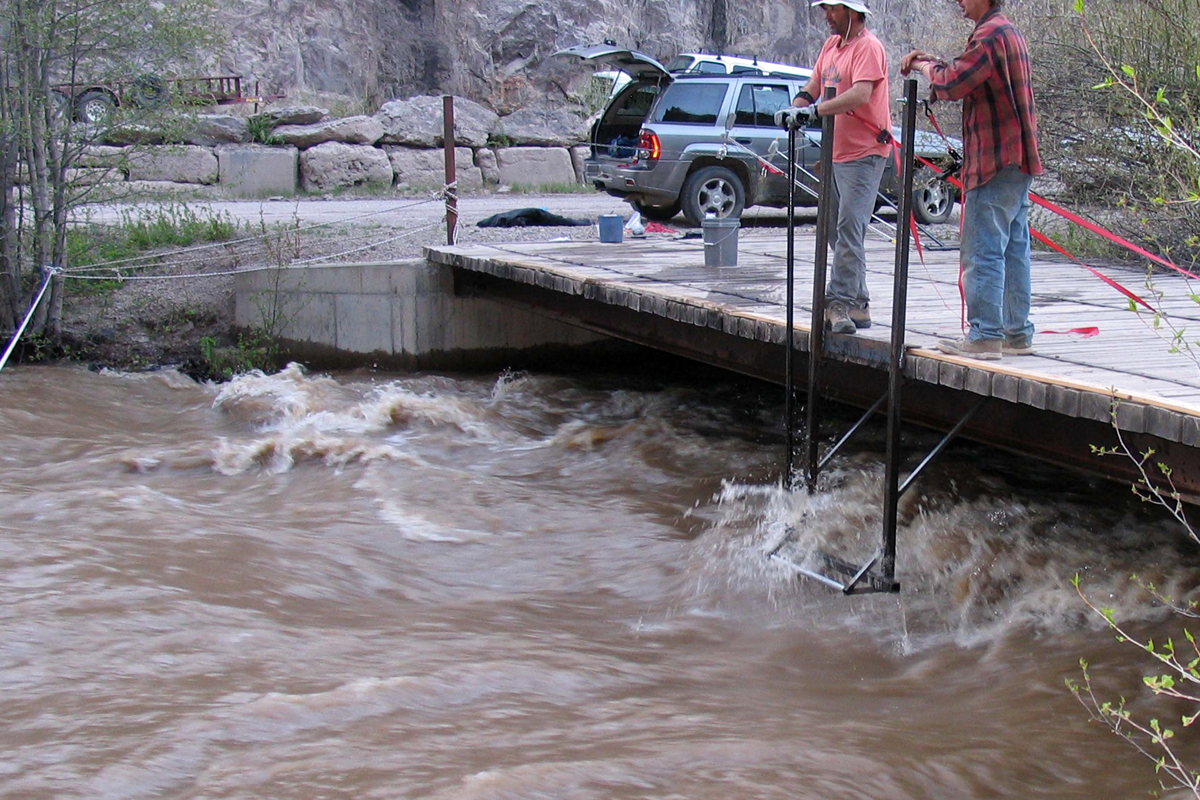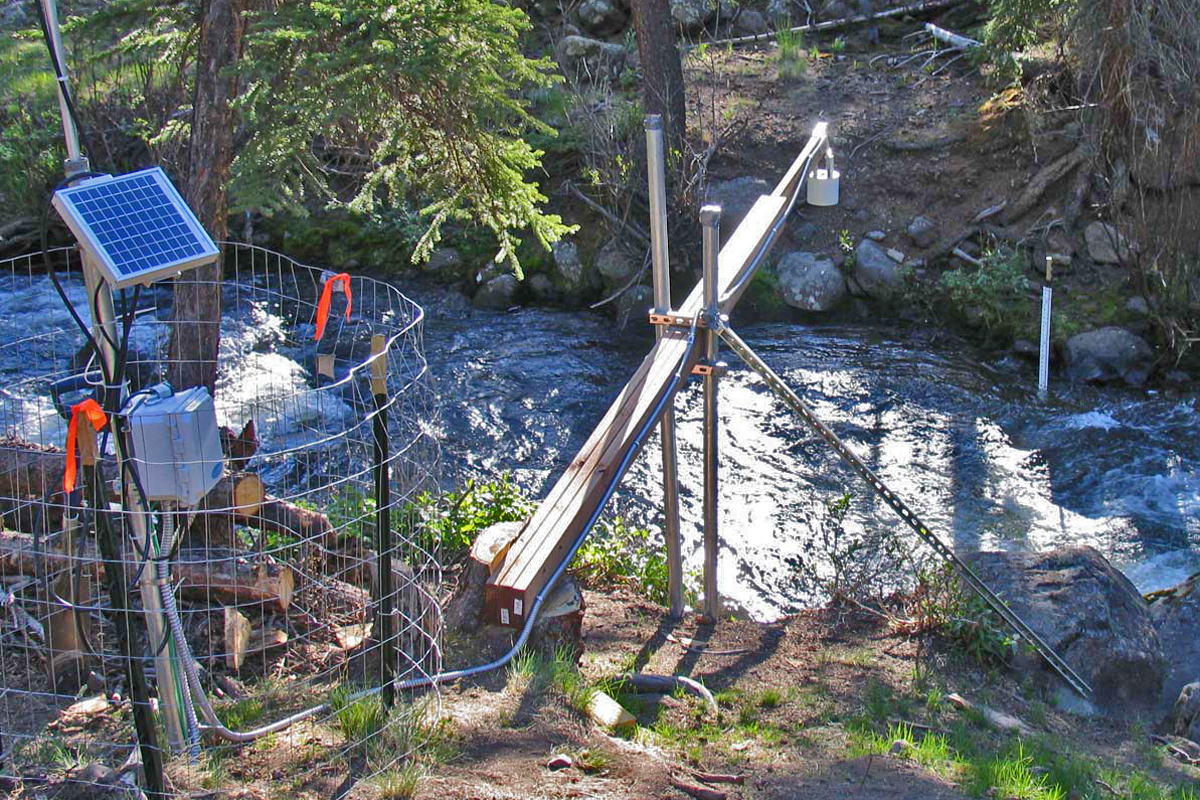Birch Ecology understands that successful stream restoration projects are a product of expert design and implementation that encompasses engineering, hydrology, stream morphology, and habitat restoration. The ultimate goal of stream restoration is to improve water quality, in-stream habitat, and riparian function such that the biotic and morphological integrity of the stream are improved and maintained. Success is a function of assembling the right team to ensure each component is properly designed and constructed.
Birch Ecology’s team includes well-respected experts in stream restoration and enhancement that will provide an experienced perspective on the best approach to achieve your project goals. We have assembled a group of ecologists, stream hydrologists, aquatic biologists, engineers, construction crews, and wetland experts that can manage a project from start to finish.
Key members of this team include S2O Design and Engineering from Lyons, Colorado and Black Creek Hydrology of Northglenn, Colorado. S2O’s team of engineers has successfully restored miles of streams impacted by the 2013 floods in Colorado. They are renowned for their expertise in hydraulic modeling and the design of hydraulic structures. In addition, Black Creek Hydrology has over 35 years of stream channel experience including the assessment and/or restoration of over 100 rivers and streams, along with the design and construction oversight of nearly 40 miles of stream channel in Colorado, Missouri and Illinois. Black Creek Hydrology’s emphasis is on natural channel design and morphological process-based methods and fisheries enhancements applied to streams and ponds. These key associates compliment Birch Ecology’s expertise in wetland delineations, permitting, and restoration, resulting in a skilled multidisciplinary team.

















